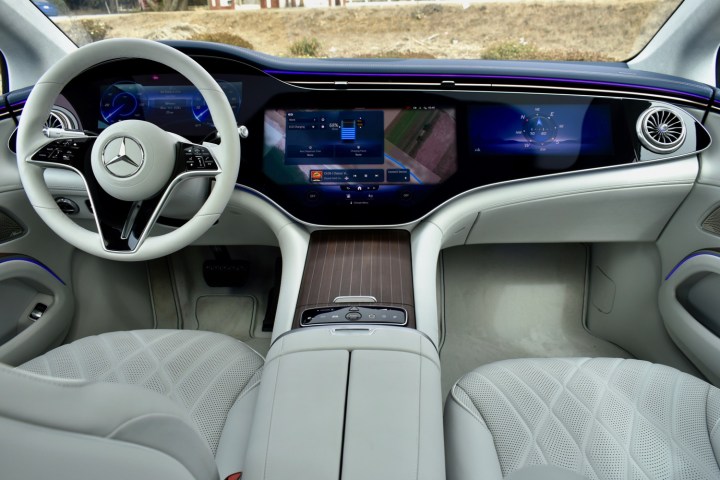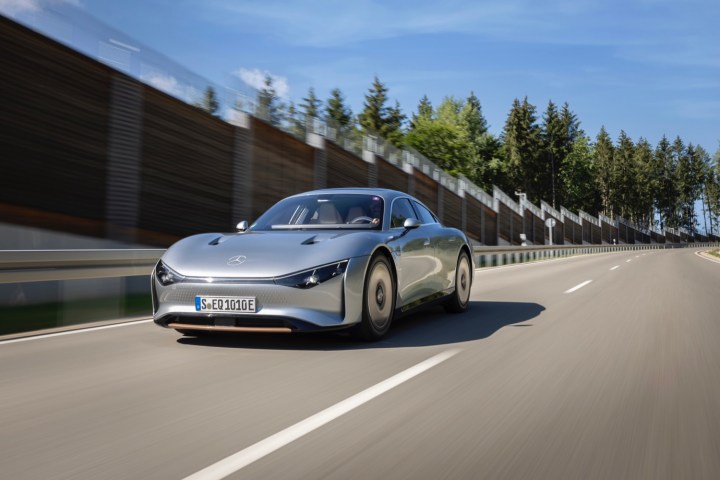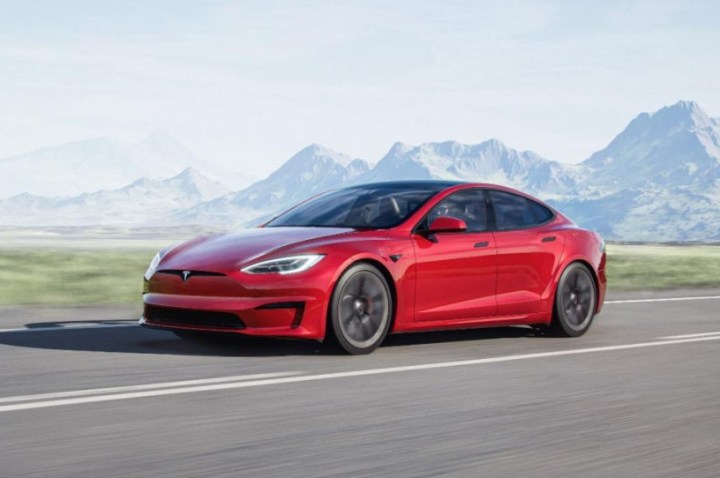EVs aren’t just here, they’re everywhere. And as they gain momentum, they’re offering carmakers a big opportunity to reimagine both themselves and their cars. Ford completely reinvented the Mustang through the Mach-E, while Kia seems to be undergoing a complete renaissance, with electric models like the EV6 leading the charge.
But on the higher end, some carmakers seem to be going through some growing pains. Some of the most storied brands are putting out some of the ugliest new EVs, and yet inside, they’re luxurious in ways their gas counterparts never were. What’s going on?
New room to screw up
The likes of BMW and Mercedes-Benz have spent decades honing their brand images, and decades gaining loyal followers who would buy nothing else. Their cars also follow a similar design language. BMW is known for its kidney grille, which is why fans were up in arms when the company oversized that grille on its most recent cars.
So what happens when you take the chance to reinvent yourself with the advent of an electrified driving experience? You run into some speed bumps. The Mercedes EQS looks very little like the S-Class that came before it, and the BMW iX is pretty different from the midsize SUVs that it’s been making for years. Frankly, both Mercedes’ and BMW’s EVs look pretty out of place.
The Mercedes EQS is perhaps the worst offender. The car suffers issues similar to those that plagued Tesla in its early days. EVs don’t require the airflow of a front grille, which opens a lot of space that car designers have never really been able to play with. The EQS fills that with a faux grille that simply looks cheap, along with a Mercedes logo. The front end of the car in general looks bulbous, overextended, and plain silly.
The BMW iX is less egregious, but it still takes some getting used to. Gone are the larger, slanted headlights on offer by the likes of the X5, in favor of much slimmer undersized front lights. They, of course, flank another faux grille — one that mimics the huge new take on the kidney grille that features on some of BMW’s other cars.
An inside look
Step inside either of these two cars, however, and you’ll immediately forget the exterior that you may or may not like the look of.
The EQS’ interior screams luxury, with modern accent lighting, plush seating, and that Hyperscreen that extends across the front of the dash. Like the exterior, the interior is unlike like anything else in Mercedes’ fleet — or at least, it was until newer models offered similar features. While the exterior could be described as “bad different,” the interior is the exact opposite.

The iX doesn’t quite change as much about the interior of BMW’s cars, but that’s not a bad thing. You’ll still get premium leather seats and the crystal-looking software controller, and it looks and feels excellent.
Clearly, car designers at these companies know how to work with the advantages of an EV. So why do they have to make the outside so hideous?
It’s in the air
At least some of the look could be chalked up to aerodynamics. That’s especially true of the EQS, which Mercedes says is the world’s most aerodynamic production car — boasting a drag coefficient of 0.20.
And aerodynamics shouldn’t be ignored, either. While gas cars offer great range on a full tank and are very easy to fill up when they do run low, EVs are just now reaching ranges most drivers find acceptable. Engineers have to wring the most mileage from every kilowatt to ensure drivers don’t suffer from range anxiety.
But that isn’t the end of the story. The Mercedes EQS is the world’s most aerodynamic production car, but the same company has built an EV that’s even more aerodynamic — the EQXX — a car that looks seriously cool.

Maybe that isn’t the fairest comparison. The EQXX is built to be sportier and much smaller than the EQS, which is built to be a large sedan. But at the very least, the EQXX proves that you don’t have to keep a grille-looking thing on the front of a car for it to look good, and in fact, moving to electrification is a good time to rethink the front of the car altogether.
Hope for the future
Growing pains are to be expected given how seismic a shift to electric cars is. But there is hope.
Remember the first few generations of the Tesla Model S? It suffered from similar issues around trying to mimic the grille with a front that just looked silly. The current Model S may feel like it’s aging a little in design, but at the very least it looks a whole lot more stylish than it used to — and there’s nothing resembling a big grille on the front.

I suspect other carmakers will follow a similar trajectory. Everyone (except perhaps Tesla) is still towards the beginning of their EV journey. Electric cars will evolve, and carmakers will adjust to their new design limitations — or to not having the same old design limitations.
And already, there’s a lot of reason to hope. While certainly not luxury cars, both the Kia EV6 and the Hyundai Ioniq simply look cool. And, on the higher-end front new entrants to the game, like Rivian, are paving the way for what a modern electric car can look like. Here’s hoping the traditional luxury carmakers can do enough to compete.
Editors’ Recommendations
Source link








Leave a Reply